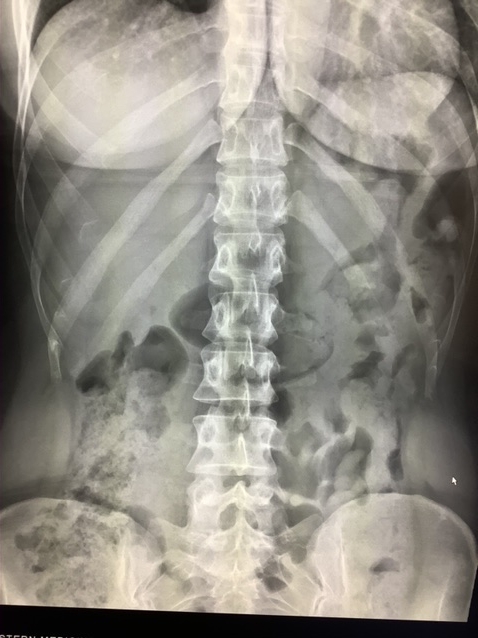Virchow Node
The Virchow Node, also known as the Troisier’s sign, is a critical indicator in the medical world, especially when it comes to diagnosing certain types of cancer. This lymph node, located in the left supraclavicular area near the neck, can provide vital clues about the presence of internal malignancies. This article aims to explain what the Virchow Node is, its significance, symptoms, and the role of medical imaging in its evaluation.
What is the Virchow Node?
The Virchow Node refers to an enlarged lymph node in the left supraclavicular fossa. It’s named after Rudolf Virchow, a 19th-century German pathologist who first identified its diagnostic significance. The enlargement of this node often indicates the presence of cancer in the abdomen, particularly stomach cancer, though it can also signal other types of internal malignancies.
Significance of the Virchow Node in Cancer Diagnosis
The importance of the Virchow Node in diagnosing cancer cannot be overstated. Its enlargement often signifies metastasis, where cancer cells spread from their original site to distant parts of the body. The presence of cancerous cells in this lymph node suggests an advanced stage of disease, making early detection and evaluation crucial for patient outcomes.
Symptoms and Detection
Typically, the Virchow Node itself does not produce symptoms other than a noticeable swelling above the collarbone. However, its presence may coincide with other systemic symptoms of cancer, such as unexplained weight loss, fatigue, and persistent abdominal discomfort. Physical examination by a healthcare provider is the first step in detecting an enlarged Virchow Node.
The Role of Medical Imaging in Evaluating the Virchow Node
Medical imaging plays an important role in the evaluation and diagnosis of diseases associated with the Virchow Node. Techniques such as ultrasound, CT scans, and MRI are commonly used to assess its size, shape, and other characteristics, helping to differentiate benign from malignant enlargements.
Ultrasound Examination of the Virchow Node
Ultrasound imaging is often the first-line modality for evaluating an enlarged Virchow Node. It’s a non-invasive, readily available, and cost-effective method that can provide real-time images of the node’s structure. Ultrasound can help assess the size, borders, and internal characteristics of the node, which are vital clues in determining its nature.
CT Scans and MRI in Detailed Assessment
CT scans and MRI offer more detailed images of the Virchow Node, allowing for a comprehensive evaluation of its extent and the surrounding structures. These imaging techniques are particularly useful in assessing the node’s involvement with nearby tissues and in planning for potential biopsy or surgical intervention. CT scans provide excellent anatomical detail, while MRI offers superior contrast resolution, making it particularly useful in soft tissue evaluation.
The Importance of Imaging in Treatment Planning
Beyond diagnosis, imaging studies are crucial in treatment planning and monitoring the response to therapy. They help in staging the cancer, guiding biopsy procedures, and evaluating the effectiveness of treatments over time. The insights gained from imaging studies can significantly influence the management strategy for patients with an enlarged Virchow Node.
Conclusion
Recognizing the significance of the Virchow Node and the symptoms associated with its enlargement is vital for early diagnosis and treatment. Moreover, the advancements in medical imaging have enhanced our ability to evaluate and manage conditions associated with the Virchow Node, offering hope for improved patient outcomes.

